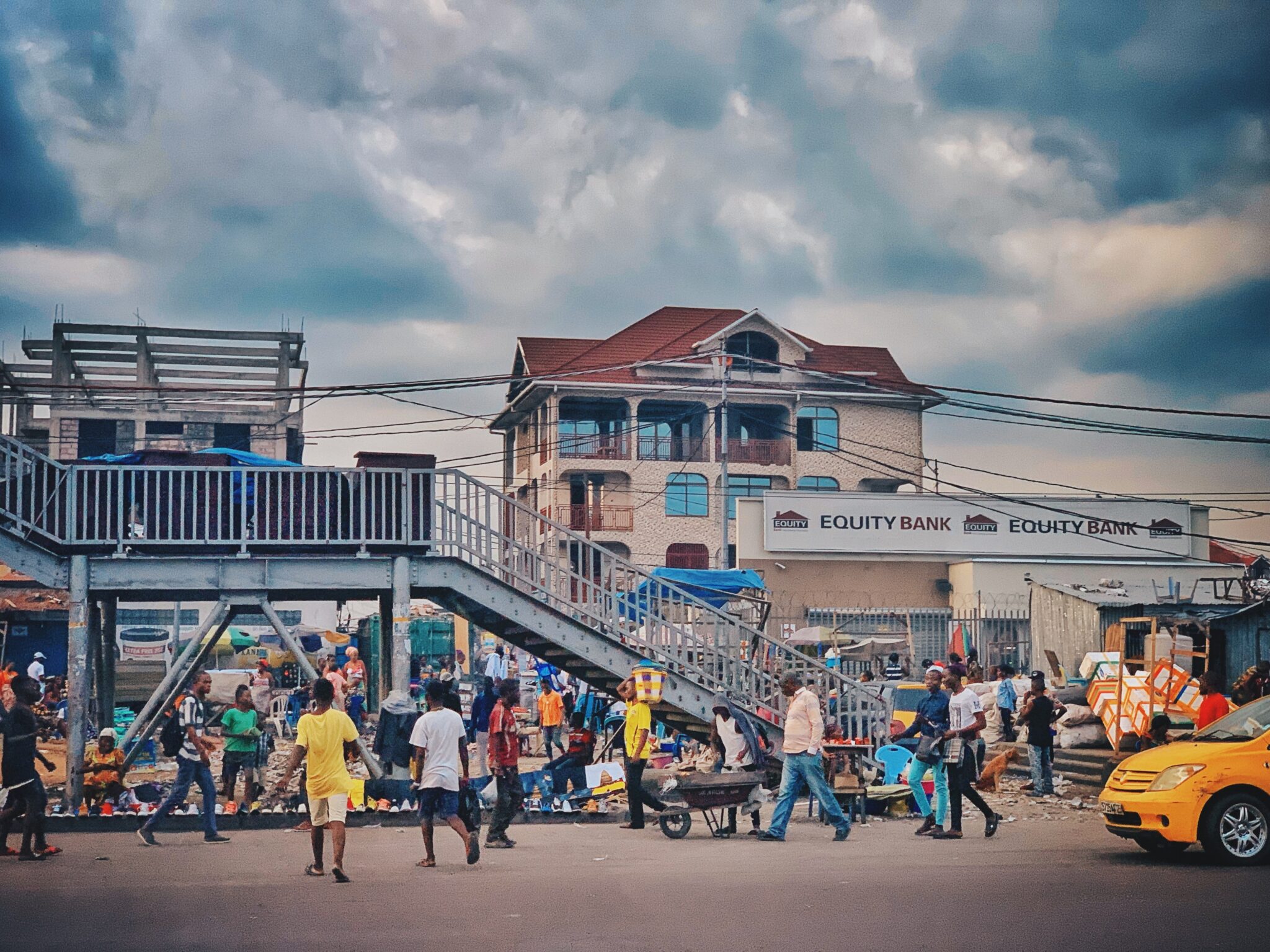Conflict metals and minerals are extracted in conflict areas where their production and sale finance and perpetuate the fighting. The four main conflict resources are gold, tantalum (coltan), wolframite (tungsten), and cassiterite (tin).
On 1st of January 2021, the European Commission implemented a regulation aimed at monitoring the international trading of four raw materials that in some cases have been proven to finance armed conflict or where its mining operations are at risk of having forced labour.
What is the goal of the new EU 3TG law?
The main goal is to ensure that the EU smelters and refiners source gold, tin, tungsten, and tantalum responsibly.
Thus, the EC hopes to remove the link between the conflict and the illegal origination and production of metals and minerals.
In that sense, the EC also aims at improving the working conditions of the local populations, thus mitigating forced labour practices among miners and the abuse of local communities.

Where do conflict minerals originate?
The European Commission interprets conflict minerals as those that originate from countries suffering from an armed conflict (eg civil war, fragile post-conflict state, weak or non-existing governance, or systematic violations of human rights and international law).
In practice, the main example is the Eastern part of the Democratic Republic of the Congo (DRC), where a mix of rebel groups, local mafia, and corrupt army factions continue to profit from the production and distribution of those minerals and metals while keeping the armed conflict alive.
What minerals & metals are affected?
The minerals and metals affected by the EU legislation are: gold, tin, tungsten, and tantalum.
Gold is the ancient and well-known metal used in store of value, jewellery, electronics, and even dental products.
Tin is mainly used in the production of tin cans and the solder on the circuit boards for electronics. Tin is produced mainly from cassiterite ore.
Tungsten is a highly dense metal used in fishing weights, dart tips, and golf club heads. Wolframite is a main source of tungsten.
Tantalum originate from the metal ore columbite-tantalite (aka coltan). Tantalum is mainly used in tantalum capacitators, which works well for high-performance applications such as pacemakers, airbags, GPS, hearing aids, and a myriad of other electronics.

Why only gold, tungsten, tantalum, and tin?
Current data indicates that these 4 commodities are the four metals and minerals most commonly originating from armed conflict areas.
RELATED: Coal: Everything You Need To Know
However, there are other examples of conflict resources in history, such as blood diamonds in Angola and Sierra Leone in the 1990s, conflict timber in Liberia and Cambodia, and even crude oil more recently as in the case of ISIS using oil revenue to finance its activities.
How many companies are affected by the new rules?
This new regulation applies directly to more than 600 importers and will also indirectly affect around 500 smelters and refiners, some of which are not physically based in the EU.




